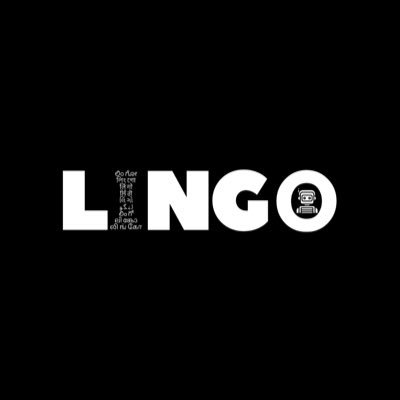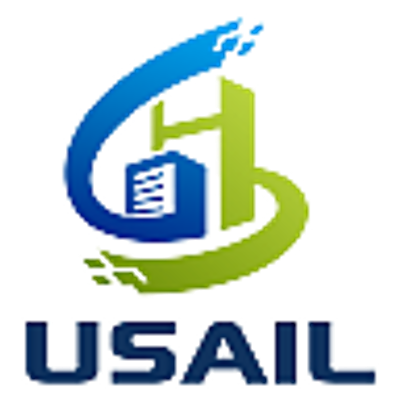Deep Research Agents: A Systematic Examination And Roadmap
The rapid progress of Large Language Models (LLMs) has given rise to a new category of autonomous AI systems, referred to as Deep Research (DR) agents. These agents are designed to tackle complex, multi-turn informational research tasks by leveraging a combination of dynamic reasoning, adaptive long-horizon planning, multi-hop information retrieval, iterative tool use, and the generation of structured analytical reports. In this paper, we conduct a detailed analysis of the foundational technologies and architectural components that constitute Deep Research agents. We begin by reviewing information acquisition strategies, contrasting API-based retrieval methods with browser-based exploration. We then examine modular tool-use frameworks, including code execution, multimodal input processing, and the integration of Model Context Protocols (MCPs) to support extensibility and ecosystem development. To systematize existing approaches, we propose a taxonomy that differentiates between static and dynamic workflows, and we classify agent architectures based on planning strategies and agent composition, including single-agent and multi-agent configurations. We also provide a critical evaluation of current benchmarks, highlighting key limitations such as restricted access to external knowledge, sequential execution inefficiencies, and misalignment between evaluation metrics and the practical objectives of DR agents. Finally, we outline open challenges and promising directions for future research. A curated and continuously updated repository of DR agent research is available at: {https://github.com/ai-agents-2030/awesome-deep-research-agent}.








